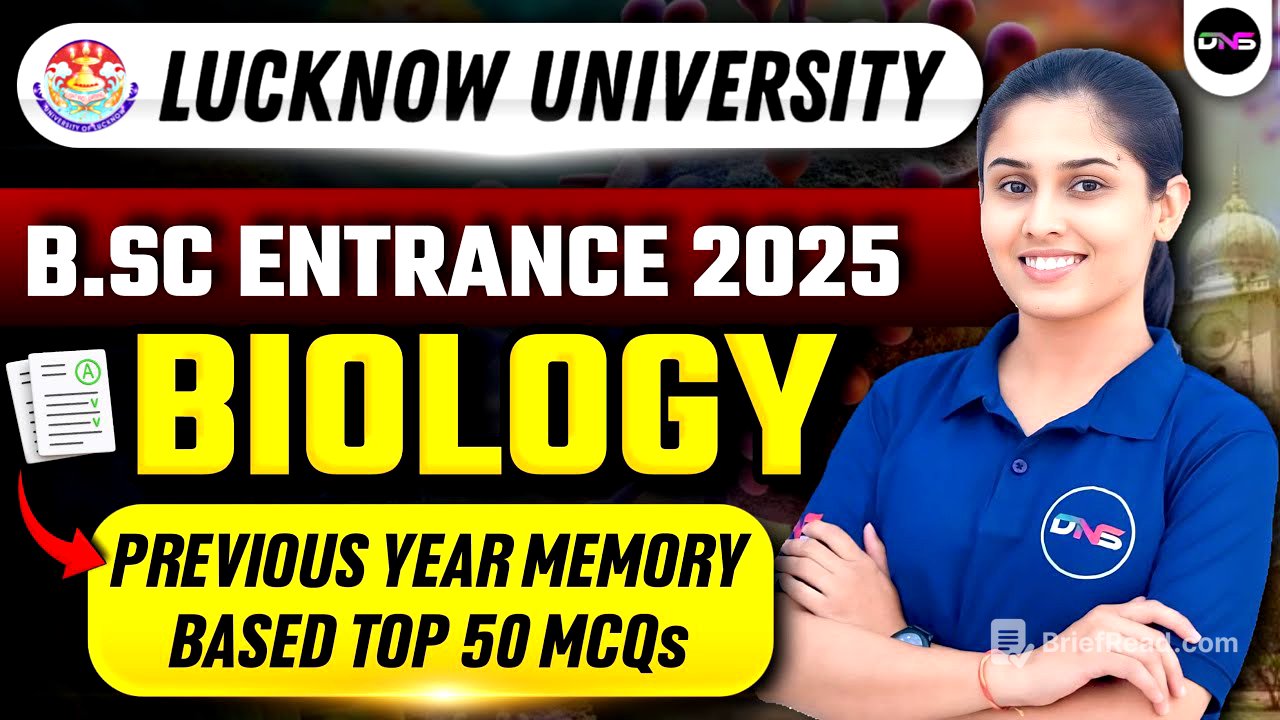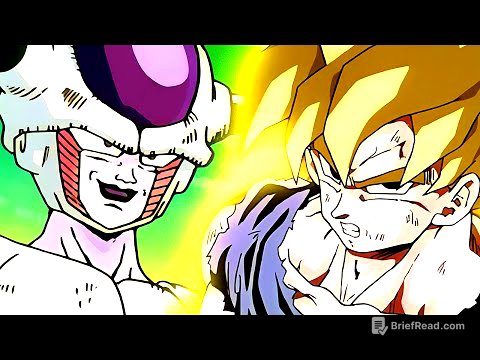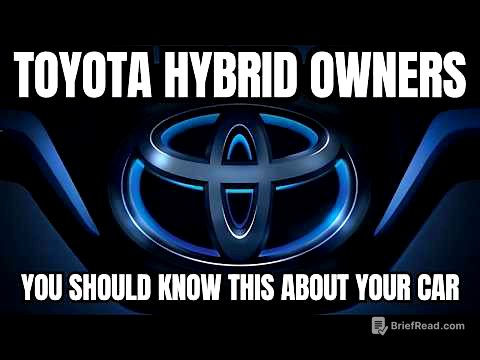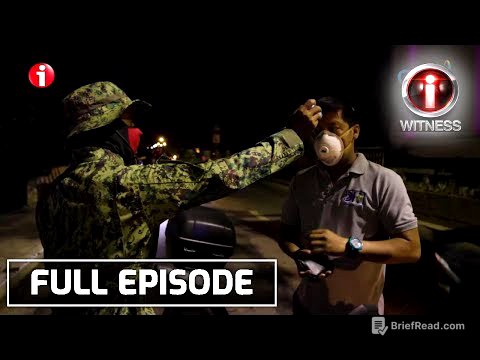TLDR;
This YouTube video by DNS Educare features a live session discussing 50 important questions for the Lucknow University B.Sc. entrance exam, also relevant for other state universities. The session covers topics from Biology, including enzymes, hormones, cell organelles, genetics, and ecology. The instructor emphasizes understanding concepts from NCERT textbooks and encourages students to participate and ask questions related to the discussed topics.
- Focus on key biology concepts for entrance exams.
- Understand the functions and sources of enzymes and hormones.
- Key genetics and reproduction topics.
- Importance of understanding ecological concepts and dates.
Introduction [0:03]
The DNS Educare channel is hosting a live session to discuss 50 important previous year and memory-based questions relevant for the Lucknow University B.Sc. entrance exam. This session is also helpful for students preparing for other state university entrance exams. The instructor encourages active participation and answering questions.
General Discussion on Entrance Exams [1:12]
The instructor clarifies that the questions discussed are generally applicable to various entrance exams across different universities, including State University Lucknow and Gorakhpur University. The session aims to address important questions relevant to the B.Sc. Bio entrance exams.
Protein Digesting Enzymes [2:22]
The first question discusses protein-digesting enzymes found in gastric juice. The options include trypsin, chymotrypsin, pepsin, and steatsin. The correct answer is pepsin, which is found in the stomach and activated by hydrochloric acid (HCl). Pepsin breaks down proteins into amino acids in an acidic environment (pH 1-2). Trypsin, on the other hand, is found in intestinal juice.
Pancreas and Glucagon Production [5:35]
The second question focuses on the cells of the pancreas that produce glucagon. Glucagon is a hormone produced in the pancreas, a leaf-like structure found near the duodenum. The pancreas contains Islets of Langerhans, which consist of alpha and beta cells. Alpha cells produce glucagon, while beta cells produce insulin. Both hormones regulate glucose levels in the body. Glucagon increases blood glucose levels, while insulin helps maintain glucose levels by enabling body cells to use glucose.
Leydig Cells and Their Location [8:09]
The third question asks where Leydig cells are found. The options are ovaries, testis, air, or eyes. Leydig cells are found in the testis, the male sex organ. Within the testis are seminiferous tubules where sperm formation occurs. Spermatogonia produce sperm, Sertoli cells provide nourishment, and Leydig cells produce testosterone, which regulates male sexual characteristics.
Estrogen Secretion [10:59]
The fourth question asks about the source of estrogen secretion. The options are ovaries, testis, pancreas, or pineal gland. The correct answer is the ovaries. The pineal gland produces melatonin, which regulates the internal clock and skin color.
Meiosis in Gametogenesis [12:52]
The fifth question asks during which stage of gametogenesis meiosis occurs. Gametogenesis is the process of gamete formation (sperm and egg). Meiosis is necessary to halve the number of chromosomes. The correct answer is the maturity phase, where chromosomes are reduced to half, ensuring that when gametes fuse, the chromosome number remains constant (46 in humans).
Suicidal Bag Cell Organelle [15:08]
The sixth question asks which cell organelle is called the suicidal bag. The options are ribosome, lysosome, karyosome, or chromosomes. The correct answer is the lysosome, which contains hydrolytic enzymes that break down cell components. Ribosomes are protein factories, and chromosomes are genetic material. Lysosomes are also known as the dustbins of the cell.
Vitamin C Deficiency [17:12]
The seventh question asks which disease is caused by Vitamin C deficiency. The options are beriberi, pellagra, scurvy, or rickets. The correct answer is scurvy.
Types of Eggs Based on Yolk Content [18:03]
The eighth question describes an egg with a moderate amount of yolk and asks what it is called. The options are elixithyl, microlisithyl, mesolisithyl, and megasthal. The correct answer is mesolisithyl, where "mezo" refers to medium.
Length of DNA Helix [19:49]
The ninth question asks about the length of one helix of DNA. The correct answer is 34 Armstrongs. The instructor also explains replication (DNA to DNA), transcription (DNA to RNA), and translation (RNA to protein). The distance between two base pairs in DNA is 3.4 Armstrongs.
Brain and Muscular Coordination [22:28]
The tenth question asks which part of the brain controls muscular coordination. The options are cerebrum, pons, medulla, or cerebellum. The correct answer is the cerebellum. The cerebrum controls intelligence and reasoning, the medulla controls involuntary actions, and the cerebellum controls voluntary actions and muscle coordination.
Voluntary Muscles [25:12]
The eleventh question asks which of the following are voluntary muscles. The options are smooth, cardiac, skeletal, or all of these. The correct answer is skeletal muscles, which are found in the arms and legs and are under conscious control. Smooth muscles are in organs, and cardiac muscles are in the heart and are involuntary.
Renal Artery and Blood Supply [26:43]
The twelfth question asks what type of blood the renal artery supplies. The instructor explains the terms renal (kidney), cardiac (heart), and pulmonary (lungs). The renal artery supplies blood to the kidney.
Glycogen Polymer [28:39]
The thirteenth question asks what glycogen is a polymer of. The options are glucose, fructose, mannose, or galactose. The correct answer is glucose. Glucose is the simplest carbohydrate, and glycogen is a complex structure formed by many glucose units.
Progesterone Source [30:29]
The fourteenth question asks about the main source of progesterone. The options are pancreas, pineal gland, thyroid, or corpus luteum. The correct answer is the corpus luteum, which is formed in the ovaries after ovulation and produces progesterone to maintain the uterine lining.
Gaseous Transport of CO2 [34:41]
The fifteenth question asks in what main form CO2 is transported in mammals. CO2 is transported in three forms: carbaminohemoglobin, bicarbonate, and dissolved CO2 in plasma. The most abundant form is bicarbonate.
Mutation Theory [36:35]
The sixteenth question asks who gave the mutation theory. The options are Darwin, Lamarck, Hughes, and Mendel. The correct answer is Hugo DeVries. Lamarck proposed the use and disuse of organs, Darwin discussed natural selection, and Mendel discussed the laws of inheritance.
Chromosomal Theory of Sex Determination [38:52]
The seventeenth question discusses the chromosomal theory of sex determination. In humans, sex is determined by X and Y chromosomes (XY for male, XX for female). The instructor also mentions other types of sex determination, such as XO in grasshoppers and ZW in birds.
Vertebrae in Mammal Necks [40:25]
The eighteenth question asks how many vertebrae are present in the neck of mammals. The correct answer is seven.
Human Chromosome Number [41:30]
The nineteenth question asks how many chromosomes humans have. The correct answer is 46.
Odd Enzyme Out [42:24]
The twentieth question asks which enzyme is the odd one out: pepsin, tylin, vasopressin, or trypsin. The correct answer is vasopressin, which is produced by the pituitary gland, while the others are digestive enzymes.
Protoplasmic Grade of Organization [45:03]
The twenty-first question asks where the protoplasmic grade of organization is found. The correct answer is protozoa. Protoplasmic grade means the presence of only protoplasm without proper cell formation.
Ecosystem Producers [47:54]
The twenty-second question asks who the producers are in the ecosystem. The correct answer is green plants. The instructor notes that energy transfer starts with sunlight, which plants use to produce food.
Malaria Transmission [50:02]
The twenty-third question asks through whom malaria is transmitted. The correct answer is the female Anopheles mosquito.
Deoxygenated Blood [51:23]
The twenty-fourth question asks in which organ deoxygenated blood is present. The correct answer is the pulmonary artery. The instructor explains that pulmonary arteries carry deoxygenated blood, while pulmonary veins carry oxygenated blood, which is the opposite of typical arteries and veins.
First Vertebra in Mammals [53:36]
The twenty-fifth question asks which is the first vertebra in mammals. The correct answer is the Atlas.
Pacemakers in Mammals [54:47]
The twenty-sixth question asks which part of the heart acts as a pacemaker in mammals. The correct answer is the SA node (sinoatrial node).
Universal Donor Blood Type [56:53]
The twenty-seventh question asks which blood group is the universal donor. The correct answer is O. AB is the universal acceptor.
True Fish [58:34]
The twenty-eighth question asks which of the following is a true fish. The correct answer is the dog fish.
Chordate Characteristics [1:00:39]
The twenty-ninth question asks which characteristics are primary chordate characteristics. The correct answer is all of these: notochord, nerve cord, and gill slits.
Arboreal Animal [1:02:11]
The thirtieth question asks which of the following is an arboreal animal. The correct answer is the chameleon.
Gastrovascular Cavity [1:03:26]
The thirty-first question asks whose feature is the gastrovascular cavity. The correct answer is Coelenterata.
Cyanocobalamin [1:06:46]
The thirty-second question asks which vitamin is called cyanocobalamin. The correct answer is Vitamin B12.
Milk Sugar [1:07:30]
The thirty-third question asks which is milk sugar. The correct answer is lactose.
Proteins Polymers [1:08:25]
The thirty-fourth question asks what proteins are polymers of. The correct answer is amino acids.
Father of Botany [1:10:26]
The thirty-fifth question asks who is called the father of botany. The correct answer is Theophrastus.
Plant Cell vs Animal Cell [1:11:47]
The thirty-sixth question asks what a plant cell lacks compared to an animal cell. The correct answer is the centrosome.
Exobiology Study [1:14:26]
The thirty-seventh question asks what the study of exobiology refers to. The correct answer is life on other planets.
Maiden Hair Tree [1:15:42]
The thirty-eighth question asks who is called Maiden Hair Tree. The correct answer is Ginkgo.
Ovary Absence [1:17:24]
The thirty-ninth question asks in which plant the ovary is absent. The correct answer is Cycas.
Perisperm [1:18:17]
The fortieth question asks what perisperm is. The correct answer is the remnant of the nucellus.
Micropyle in Seed [1:19:49]
The forty-first question asks what comes through the micropyle in the seed. The correct answer is water.
Nitrogen Deficiency Plant [1:21:07]
The forty-second question asks which plant lives in soil with a nitrogen deficiency. The correct answer is Drosera.
Smilax [1:21:26]
The forty-third question asks what Smilax is. The correct answer is a stipule tendril climber.
Thorn Plant [1:22:13]
The forty-fourth question asks what the thorn is in the thorn plant. The correct answer is a modification of the stem.
Roots Absence [1:23:00]
The forty-fifth question asks in which plant roots are not found. The correct answer is Wolffia.
Tinospora Roots [1:23:32]
The forty-sixth question asks what the roots of Tinospora are. The correct answer is green and photosynthetic.
Red Route Example [1:24:15]
The forty-seventh question asks for an example of a red route. The correct answer is beetroot.
Inflorescence in Banana [1:25:54]
The forty-eighth question asks what type of inflorescence is in a banana. The correct answer is spadix.
Largest Flower [1:26:30]
The forty-ninth question asks which plant has the largest flower in the world. The correct answer is Rafflesia.
Seed Dispersal Jaculator [1:27:56]
The fiftieth question asks which plant has seed dispersal by jaculator. The correct answer is Rolea.
Crash Course Information [1:28:23]
The instructor promotes a crash course for entrance exam preparation, including chapter-wise videos, mock tests, and study material. The course is available on the DNS EduCare app.

![Lecture 08: Taxable Income & Tax Due. Taxation of Individuals. [Income Taxation]](https://wm-img.halpindev.com/p-briefread_c-10_b-10/urlb/aHR0cDovL2ltZy55b3V0dWJlLmNvbS92aS81MExVSzZ6Wm9YVS9ocWRlZmF1bHQuanBn.jpg)
![7 Harsh Truths to Unf*ck Your Life [Live Talk from Melbourne]](https://wm-img.halpindev.com/p-briefread_c-10_b-10/urlb/aHR0cDovL2ltZy55b3V0dWJlLmNvbS92aS9kNC12Q1NTSzkzVS9ocWRlZmF1bHQuanBn.jpg)






